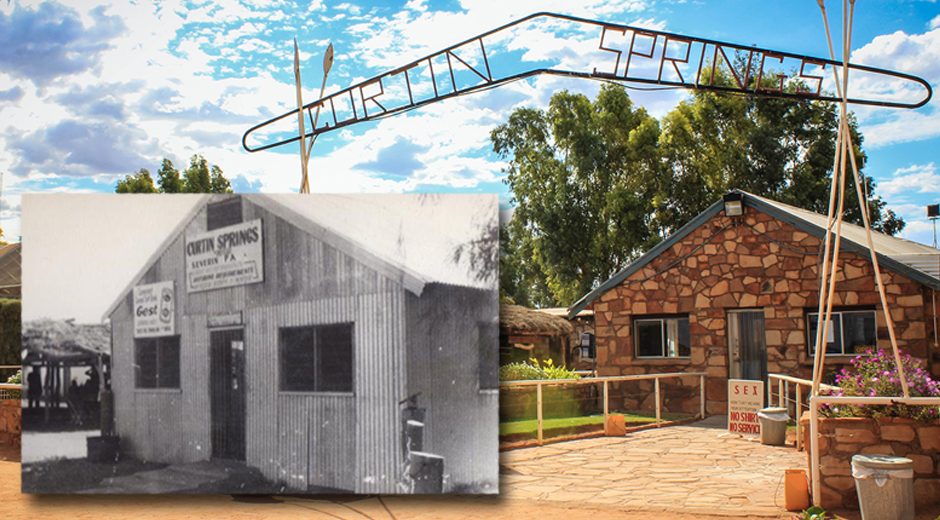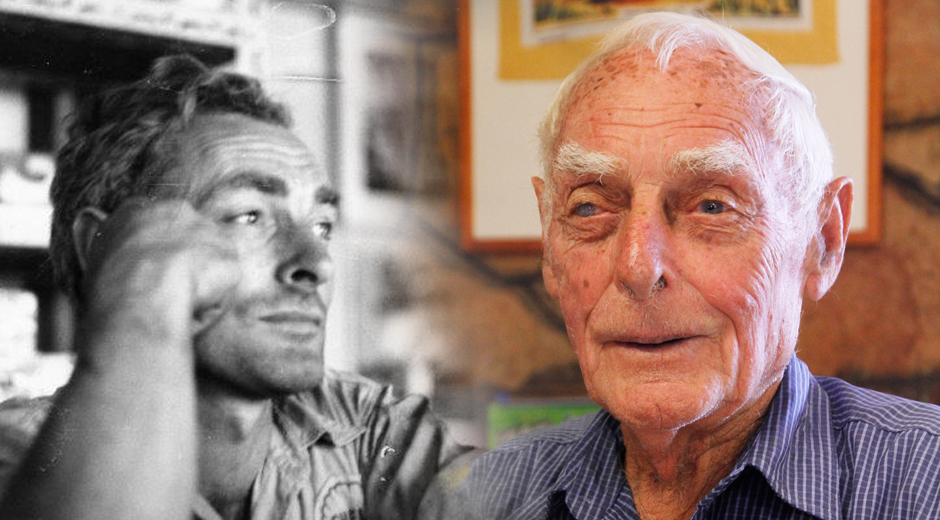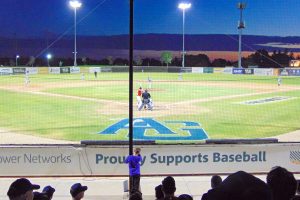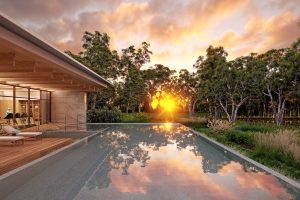Spanning one million acres, Curtin Springs Station in the Northern Territory has been owned and run for around 60 years by Peter Severin, 88.
In an interview with ABC News journalists Shuba Krishnan and James Dunlevie, Mr Severin, formerly a stockman, talked about his move out to the desolate area 1956, after he was gifted a cattle station and 1400 head of cattle by his old boss. He was accompanied by his wife, Dawn, and their three-year-old son Ashley.
“Old boss said to me, by the way son, I’ve just bought you a cattle station,” he said.
“I was amazed, I’d never done anything but chase cattle, brand cattle, break in horses.”
“There was absolutely nothing here,” Mr Severin said of what the family found upon arrival, before he corrected himself: “That’s not right, there was a tin shed.”
The family lived in a constructed bough shed that Mr Severin built himself, of desert oaks and mulga.
In the family’s first year out there, they saw six people – two friends checking on the family’s wellbeing, two stock agents, and a couple of tourists headed for Uluru, 100km to the west of Curtin Springs Station.
The situation out there became desperate in a short period of time. Mr Severin said that the day they arrived, there was half an inch of rainfall.
“But then it never rained again for nine years,” he said.
“A lot of cattle died, we were desperate, we owed so much money that the agents wouldn’t advance us any money, so we had to kill the old cows just to survive.”
With no choice but to be innovative, the family turned their station from working land into a tourist spot. After all, it was the first stop outside Alice Springs, 300km to the north.
In 1957, a tour operator would bring a bus load of sightseers past the station on a two-day trip from Alice Springs to Uluru, once a week.

Capitalising, the Severins installed a pump and a 500-gallon underground tank to store the petrol and protect it from the desert sun.
The tourist bus would then re-fuel here, while Mrs Severin provided tourists with tea and scones.
A pub and liquor licence were not long to follow, and with that, the family’s main source of income became tourism.
Today, hundreds of tourists visit Curtin Springs, with as many as 35 coaches stopping by the station in peak tourist season.
Tourists are now offered more than scones and drinks, with tours of the nearby Mount Connor and the unique salt flats on offer, as well as a accommodation for up to 72 people and a restaurant that feeds 40-50.
Mr Severin became well-known publicly for his battles with liquor licensing authorities, after he sought – with the blessing of many local Aboriginal people – an exemption from the Racial Discrimination Act so he could refuse alcohol to Indigenous people. He won the battle in 1997 after lengthy court proceedings.
Today, Ashley Severin and his wife run Curtin Springs, but Mr Severin senior is never far away.
As a child, young Mr Severin attended school in Alice Springs, returning only on holidays. After leaving school, his father told him to “‘roll your swag, you’re going out to find a job somewhere else'”, and he did just that – working on other stations for a few years.
He said he is proud of what his parents for “[coming] out here and [taking] what they could get what they could afford at the time and [building] something up of which we’re all proud”.























Add Comment